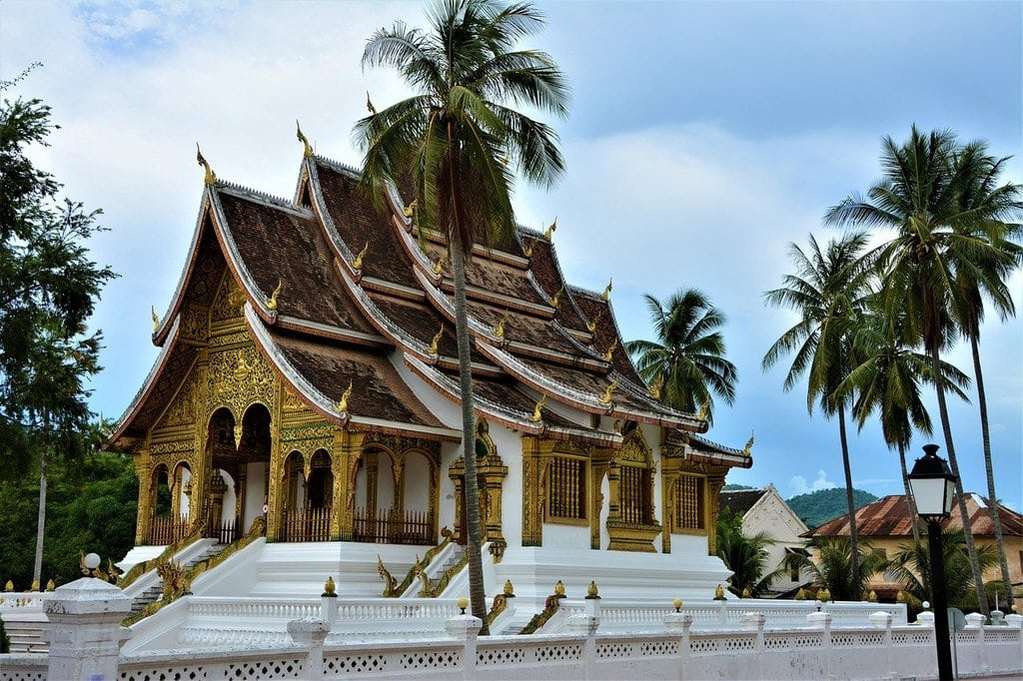Cultural diversity is one of the most enriching aspects of human civilization. It encompasses the various traditions, languages, arts, and rituals that make societies unique and vibrant. This celebration of differences not only adds color to our lives but also fosters understanding and unity among people from different backgrounds.
Celebrating Diversity Across the Globe
Around the world, cultures express their uniqueness in myriad ways, from the festivals they celebrate to the art they create. These cultural expressions are windows into the soul of a community, providing insight into their values, beliefs, and ways of life. Understanding and appreciating these differences is essential for fostering global harmony and respect.
Every culture has its own set of traditions that are passed down through generations. These traditions include ceremonies, holidays, and practices that hold significant meaning for the people who observe them. For instance, in Japan, the tea ceremony is not just a way to enjoy tea but a ritual that embodies harmony, respect, purity, and tranquility. In contrast, the vibrant Carnival in Brazil showcases the nation’s love for music, dance, and community celebration.
Festivals: a Window into Cultural Richness
Festivals are one of the most visible and joyous expressions of cultural diversity. They offer a chance for communities to come together, celebrate their heritage, and share it with others. Some of the world’s most famous festivals include:
- Diwali in India: known as the Festival of Lights, Diwali celebrates the victory of light over darkness and good over evil. Homes are decorated with oil lamps, and families gather to enjoy feasts and fireworks.
- Chinese New Year: this festival marks the beginning of the lunar new year and is celebrated with dragon dances, family reunions, and the giving of red envelopes filled with money for good luck.
- Oktoberfest in Germany: this world-renowned beer festival in Munich attracts millions of visitors who come to enjoy traditional Bavarian music, food, and of course, beer.
These festivals not only preserve cultural heritage but also invite others to experience and appreciate different ways of life.

Art and Music: universal Languages
Art and music are powerful mediums through which cultures express their identities and histories. They transcend language barriers, allowing people from different backgrounds to connect on an emotional level. The intricate patterns of Islamic art, the haunting melodies of Native American flute music, and the lively rhythms of African drumming are all examples of how art and music can convey the essence of a culture.
Artistic expressions are often rooted in the natural and spiritual worlds, reflecting the deep connection between people and their environment. For example, Aboriginal art in Australia tells stories of the Dreamtime, the creation period in their mythology. These artworks are not only aesthetically pleasing but also hold significant cultural and spiritual meanings.
Language: the Heartbeat of Culture
Language is a fundamental aspect of cultural identity. It is through language that people communicate their thoughts, traditions, and values. There are thousands of languages spoken around the world, each with its own unique structure and vocabulary. The preservation of these languages is vital for maintaining cultural diversity.
Some languages, like English and Spanish, are widely spoken and understood, while others are at risk of disappearing. Efforts to preserve endangered languages are crucial for keeping the world’s cultural tapestry intact. In many indigenous communities, language revitalization programs are being implemented to teach younger generations their ancestral tongue, ensuring that their cultural heritage is not lost.
Cuisine: a Delicious Celebration
Food is another significant aspect of cultural diversity. Each culture has its own culinary traditions that reflect its history, geography, and values. Cuisine is a delightful way to explore and celebrate cultural differences, as it brings people together over a shared love of food.
In Mexico, for example, traditional dishes like tacos, tamales, and mole are deeply rooted in the country’s history and are an integral part of its cultural identity. In Italy, the art of making pasta and pizza is passed down through generations, with each region boasting its own specialties. The rich flavors of Indian curry, the delicate taste of Japanese sushi, and the hearty comfort of American barbecue all tell stories of their respective cultures.
Fostering Cultural Appreciation
Appreciating cultural diversity requires an open mind and a willingness to learn. Engaging with different cultures can broaden perspectives and foster empathy. This can be done through travel, participating in cultural events, or simply learning about different traditions and customs.
Education plays a pivotal role in promoting cultural appreciation. Schools and universities can incorporate multicultural curricula that highlight the contributions and histories of various cultures. This not only enriches the learning experience but also prepares students to thrive in a diverse world.
In the digital age, technology has made it easier than ever to explore and celebrate cultural diversity. Virtual tours, online cultural festivals, and social media platforms provide opportunities to connect with people from different backgrounds and learn about their cultures from the comfort of home.
Embracing Unity in Diversity
The celebration of cultural diversity is not just about recognizing differences but also about embracing the commonalities that bind us together as humans. While each culture is unique, many values and practices overlap, such as the importance of family, the celebration of life milestones, and the expression of creativity through art and music.
By celebrating cultural diversity, societies can build bridges of understanding and cooperation. This leads to a more peaceful and inclusive world where everyone is valued for their unique contributions.
In conclusion, cultural diversity enriches our lives in countless ways. From festivals and food to language and art, the world’s cultures offer a treasure trove of experiences and knowledge. Embracing and celebrating these differences not only enhances our individual lives but also strengthens the global community.

